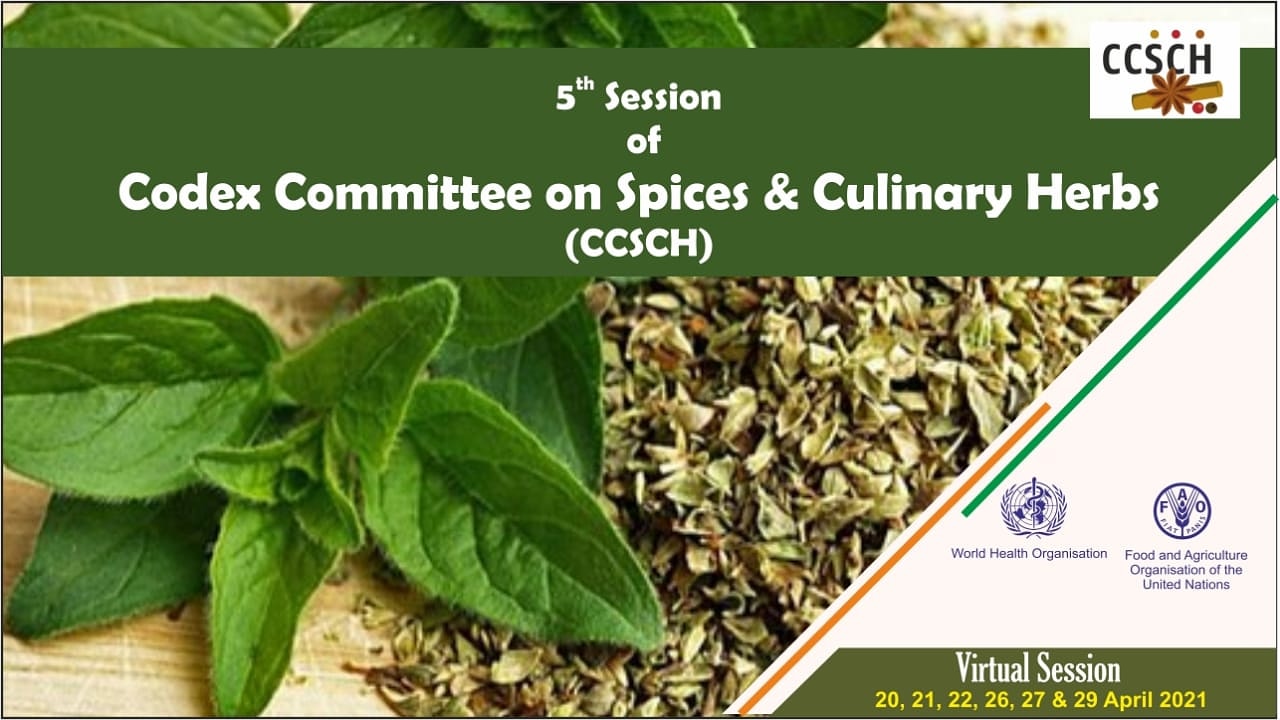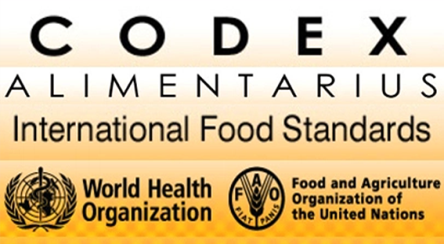Note4Students
From UPSC perspective, the following things are important :
Prelims level: Not much
Mains level: Paper 2- India-US relations
About USCIRF
- U.S. Commission on International Religious Freedom (USCIRF) is an independent bi-partisan commission.
- USCIRF recommendations are non-binding.
- The Trump administration had rejected the USCIRF recommendation to designate India a CPC last year.
- Last year India had denied visas to members of USCIRF who wanted to visit India for their assessment.
What are the key concerns of the report
- The key concerns of the 2021 report include the Citizenship Amendment Act.
- On the National Register of Citizens (NRC), the report says, “The consequences of exclusion – as exemplified by a large detention camp being built in Assam – are potentially devastating…”
- Efforts to prohibit interfaith marriage – such as those in Uttar Pradesh and Madhya Pradesh – are also highlighted as a concern.
- In an apparent reference to the Tablighi Jamaat Markaz in March 2020, the USCIRF says that at the beginning of the COVID-19 pandemic, disinformation and hateful rhetoric often targeted religious minorities.
Recommendations of the report to the US Congress
- The USCISRF recommended that the administration impose targeted sanctions on Indian individuals and entities for ‘severe violations of religious freedom’.
- A second recommendation was for the administration to promote inter-faith dialogue and the rights of all communities at bilateral and multilateral forums “such as the ministerial of the Quad].
- Another recommendation – to the U.S. Congress – was to raise issues in the U.S. – India bilateral space, such as by hosting hearings, writing letters and constituting Congressional delegations.
Get an IAS/IPS ranker as your 1: 1 personal mentor for UPSC 2024
Attend Now
Note4Students
From UPSC perspective, the following things are important :
Prelims level: Covaxin and Covishield
Mains level: Paper 2- Breakthrough infections
Breakthrough infection
- ICMR said that a small fraction of those vaccinated with either Covaxin or Covishield have tested positive (i.e. breakthrough” infections).
- However, these instances do not undermine the efficacy of the vaccines.
- The immune response begins to develop usually two weeks after every dose and there are variations within individuals, too.
- Of the 9.3 million who received the first dose of Covaxin, 4,208 tested positive; and of the 1.7 million who received the second dose, 695 tested positive.
- For Covishield, of the 100.3 million who received the first dose, 17,145 tested positive; and of the 15 million who got the second dose, 5,014 tested postive.

What explains infections after vaccination
- Healthcare and frontline workers, who were among the first to be vaccinated, were as a population far more exposed to the virus and therefore more susceptible.
- Secondly, the emergence of “the highly transmissible second wave (newer variants) ” may have contributed to instances of infection among those vaccinated.
- Several variants, which have mutations that have been shown to avoid detection by the immune system, and in some cases reduce the efficacy of vaccines, have been reported globally, including in India.
Get an IAS/IPS ranker as your 1: 1 personal mentor for UPSC 2024
Attend Now
Note4Students
From UPSC perspective, the following things are important :
Prelims level: Not much
Mains level: Paper 2- Protecting the police from political interference
The article suggests the need for reforms in the process of appointment to the police chief to ensure the political neutrality of the police.
Process of appointing and removing police chief
- A crucial way in which governments exercise control over the State police is through their unregulated power to decide who the chief will be.
- There is no independent vetting process to assess the suitability of qualified candidates, and the government’s assessment, if it is done at all, remains opaque and is an exercise behind closed doors.
- The moot reform issue is in ensuring the right balance between the government’s legitimate role in appointing or removing the police chief with the need to safeguard the chief’s operational autonomy.
Need for reforms
Two elements are vital to reforms in this area.
1) Shift the responsibility to independent oversight body of which government is one part
- The National Police Commission (NPC) (1979), and the Supreme Court in its judgment in 2006, in the Prakash Singh case suggested establishing a state-level oversight body with a specified role in the appointment and removal of police chiefs.
- While the Supreme Court entrusted the Union Public Service Commission (UPSC) with a role in shortlisting candidates from which the State government is to appoint the police chief.
- However, the Model Police Bill, 2015 places the responsibility with a multiparty State Police Board, also referred to as the State Security Commission (SSCs) instead.
No compliance with SC directive in the formation of SSC
- While 26 States and the Union Territories have established SSCs, not a single one adheres to the balanced composition suggested by the top court.
- Some do not include the Leader of the Opposition; others neither include independent members nor follow an independent selection process of the members.
- In essence, the commissions remain dominated by the political executive.
- Moreover, in as many as 23 States, governments retain the sole discretion of appointing the police chief. Assam, Jharkhand, Karnataka, Meghalaya and Mizoram are the only States where, on paper, the SSC is given the responsibility of shortlisting candidates.
2) Need for transparency
- The second element critical to police reforms is instituting an independent and transparent selection and decision-making process around appointment and removal, against objective criteria.
- On appointments, the Court and the Model Police Act require the UPSC/SSC to shortlist candidates on the basis of length of service, service record, and range of experience and a performance appraisal of the candidates over the past 10 years.
- However, no further guidance has been developed on explaining these terms or specifying their elements.
- Similarly, no scrutiny process has been prescribed to justify removals from tenure posts.
- The National Police Commission had required State governments to seek the approval of the State Security Commission before removing the police chief before the end of term.
- This important check was diluted under the Prakash Singh judgment that only requires governments to consult the SSC.
- Most States omit even this cursory step.
- The Supreme Court has rightly emphasised that “prima facie satisfaction of the government” alone is not a sufficient ground to justify removal from a tenure post in government, such as that of the police chief (T.P. Senkumar vs Union of India, 2017).
- The rule of law requires such decisions be for compelling reasons and based on verifiable material that can be objectively tested.
Way forward
- Clear and specific benchmarks need to be integrated into decision-making processes, both on appointments and removals, to prevent politically motivated adverse actions.
- In improving transparency the United Kingdom provides a useful example by introducing public confirmation hearings as an additional layer of check for the appointment of the heads of their police forces.
Consider the question “Examine the status of compliance of the states to the directives of the Supreme Court with respect to the constitution of State Security Commission in the Prakash Singh case.”
Conclusion
Reforms are needed on urgent to ensure fairness in administrative decisions and to protect the political neutrality of the police. Any further delay in implementing reforms in this area will continue to demoralise the police and cripple the rule of law.
Get an IAS/IPS ranker as your 1: 1 personal mentor for UPSC 2024
Attend Now
Note4Students
From UPSC perspective, the following things are important :
Prelims level: Green hydroge
Mains level: Paper 2- Scaling up green hydrogen manufacturing capacity in India
Green hydrogen could help significantly in India’s transition to low carbon future. However, there are several challenges in ramping up its manufacturing. The article suggests measures to deal with these challenges.
Increasing the production of green hydrogen
- India will soon join 15 other countries in the hydrogen club as it prepares to launch the National Hydrogen Energy Mission (NHEM).
- India will soon join 15 other countries in the hydrogen club as it prepares to launch the National Hydrogen Energy Mission (NHEM).
- In 2030, according to an analysis by the Council on Energy, Environment and Water (CEEW), green hydrogen demand could be up to 1 million tonnes in India across application in sectors such as ammonia, steel, methanol, transport and energy storage.
Dealing with challenges
Several challenges in scaling up to commercial-scale operations persist. Following are five recommendations.
1) Decentralise green hydrogen production
- Decentralised hydrogen production must be promoted through open access of renewable power to an electrolyser (which splits water to form H2 and O2 using electricity).
- Currently, most renewable energy resources that can produce low-cost electricity are situated far from potential demand centres.
- Producing oxygen at such locations and then shipped, it would significantly erode the economics of it.
- A more viable option would be wheeling electricity directly from the solar plant.
- However, the electricity tariffs could double when supplying open-access power across State boundaries.
- Therefore, operationalising open access in letter and spirit, as envisioned in the Electricity Act, 2003, must be an early focus.
2) Ensure access to round-the-clock renewable power
- To minimise intermittency associated with renewable energy, for a given level of hydrogen production capacity, a green hydrogen facility will store hydrogen to ensure continuous hydrogen supply.
- Therefore, as we scale up to the target of having 450 GW of renewable energy by 2030, aligning hydrogen production needs with broader electricity demand in the economy would be critical.
3) Blending green hydrogen in industrial sector
- We must take steps to blend green hydrogen in existing processes, especially the industrial sector.
- Improving the reliability of hydrogen supply by augmenting green hydrogen with conventionally produced hydrogen will significantly improve the economics of the fuel.
- This will also help build a technical understanding of the processes involved in handling hydrogen on a large scale.
4) Facilitate investment
- Policymakers must facilitate investments in early-stage piloting and the research and development needed to advance the technology for use in India.
- The growing interest in hydrogen is triggered by the anticipated steep decline in electrolyser costs.
- Public funding will have to lead the way, but the private sector, too, has significant gains to be made by securing its energy future.
5) Focus on domestic manufacturing
- India must learn from the experience of the National Solar Mission and focus on domestic manufacturing.
- Establishing an end-to-end electrolyser manufacturing facility would require measures extending beyond the existing performance-linked incentive programme.
- India needs to secure supplies of raw materials that are needed for this technology.
- Further, major institutions like the DRDO, BARC and CSIR laboratories have been developing electrolyser and fuel-cell technologies.
Consider the question “Even before it has reached any scale, green hydrogen has been anointed the flag-bearer of India’s low-carbon transition. In lights of this, examine the challenges India faces in scaling up its green hydrogen production and suggest the ways to deal with these challenges.”
Conclusion
Hydrogen may be lighter than air, but it will take some heavy lifting to get the ecosystem in place.
Get an IAS/IPS ranker as your 1: 1 personal mentor for UPSC 2024
Attend Now
- Scientists have developed a Covid-19 vaccine that could offer protection against not only existing and future strains of the SARS-CoV-2 coronavirus.
- The vaccine costs $1 a dose. It uses the plasmid of E-coli bacteria to produce the vaccine.
- A plasmid is a small, extrachromosomal DNA molecule within a cell that is physically separated from chromosomal DNA and can replicate independently.

- They are most commonly found as small circular, double-stranded DNA molecules in bacteria; however, plasmids are sometimes present in archaea and eukaryotic organisms.
Get an IAS/IPS ranker as your 1: 1 personal mentor for UPSC 2024
Attend Now
Fifth session of Codex Committee on Spices and Culinary Herbs (CCSCH)established under Codex Alimentarius Commission (CAC) inaugurated virtually on 20th April with a series of virtual sessions.

- The session will see nearly 300 experts from 50 countries taking part in the deliberations.
About CCSCH:

- Codex Committee on Spices and Culinary Herbs was formed in 2013 with support of more than a hundred countries with India as the host country and Spices Board India as the Secretariat for organising the sessions of the committee.
- The objective was to develop and expand worldwide standards for spices and culinary herbs, and to consult with other international organisations in the standards development process.
- Since its inception, the Codex Committee on Spices and Culinary Herbs has been successful in developing harmonised global Codex standards for spices and herbs.
- In its past four sessions, the committee developed and finalized standards for four spices, viz. dried or dehydrated forms of black/white/green pepper, cumin, thyme, and garlic.
About CAC:

- The Codex Alimentarius Commission (CAC) is an intergovernmental body.
- Set up in 1963.
- It was established jointly by the UN’s Food and Agriculture Organisation (FAO) and the World Health Organisation (WHO), within the framework of the Joint Food Standards Programme to protect the health of consumers and ensure fair practices in the food trade.
Get an IAS/IPS ranker as your 1: 1 personal mentor for UPSC 2024
Attend Now
Note4Students
From UPSC perspective, the following things are important :
Prelims level: Not much
Mains level: Paper 3- Banning cryptocurrency
Law to ban private cryptocurrencies
- The Cryptocurrency and Regulation of Official Digital Currency Bill, 2021 aims to prohibit all private cryptocurrencies.
- It lays the regulatory framework for the launch of an “official digital currency” was set to be introduced in Parliament during the Budget session, but was not taken up.
- A high-powered inter-ministerial committee has also previously recommended the banning of all private cryptocurrencies.
- In April 2018, the RBI banned banks and other regulated entities from supporting crypto transactions after digital currencies were used for frauds.
- In March 2020, the Supreme Court struck down the RBI’s ban on crypto, terming its circular unconstitutional.
- One of the SC’s reasons for overturning the ban is that cryptocurrencies are unregulated but not illegal in India.
Central bank-issued digital currency
- The RBI had said central banks are not only exploring DLT (Distributed Ledger Technology) for its application in improving financial market infrastructure but also considering it as a potential technological solution in implementing central bank digital currency (CBDC).
- DLT and blockchain have been explored extensively by the People’s Bank of China as a possible technology for launching CBDC.
- Apart from CBDC, PBoC is supporting research on using blockchain for trade finance, especially after the support from the President of China for the blockchain technology, as an important breakthrough for innovations.
Get an IAS/IPS ranker as your 1: 1 personal mentor for UPSC 2024
Attend Now





